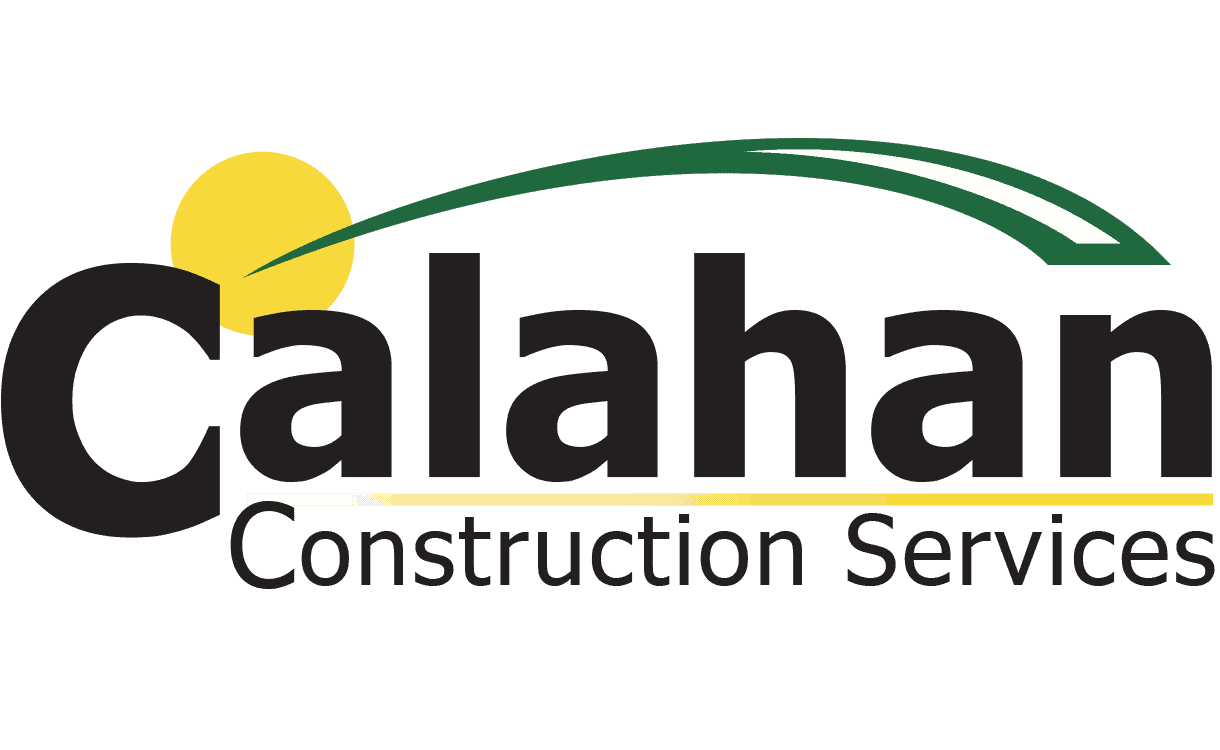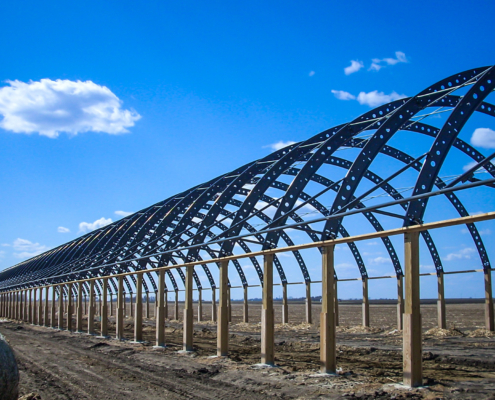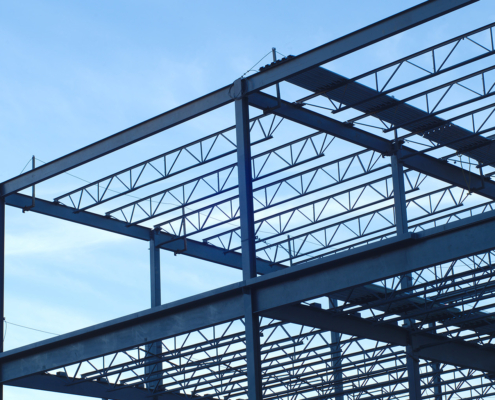 https://www.calahan.com/wp-content/uploads/2025/11/The-Benefits-of-Pre-Engineered-Sustainable-Metal-Buildings.jpg
1024
1536
AbstraktMarketing
/wp-content/uploads/2021/02/ccs_logo_full.png
AbstraktMarketing2025-11-07 14:40:582025-12-04 14:24:18The Benefits of Pre-Engineered Sustainable Metal Buildings
https://www.calahan.com/wp-content/uploads/2025/11/The-Benefits-of-Pre-Engineered-Sustainable-Metal-Buildings.jpg
1024
1536
AbstraktMarketing
/wp-content/uploads/2021/02/ccs_logo_full.png
AbstraktMarketing2025-11-07 14:40:582025-12-04 14:24:18The Benefits of Pre-Engineered Sustainable Metal BuildingsAchieving Metal Building Cost Savings Without Cutting Corners
If you’re exploring options for your next commercial build, you’ve likely asked the same question many others have: Can I save money without cutting corners? With metal buildings, the answer is yes. Metal building cost savings don’t come from sacrificing quality, they come from smarter design, more efficient construction, and lower lifetime operating costs. Learn how pre-engineered metal buildings deliver real savings in materials, labor, and build time.
Why Metal Building Cost Savings Don’t Equal Lower Quality
When it comes to commercial construction, “cost savings” can be a loaded phrase. Many owners and developers assume that saving money means settling for less—less durability, less performance, or less longevity. But with metal buildings, that trade-off doesn’t have to happen. In fact, metal building cost savings are driven by engineering efficiencies, not by cutting corners.
These savings come from smarter construction methods, like pre-fabrication, streamlined installation, and reduced labor overhead. Materials are optimized, scheduling becomes more predictable, and long-term maintenance costs shrink. In other words, you’re not sacrificing performance to hit your budget, you’re simply building more efficiently from day one.
The Value of Pre-Engineered Metal Buildings
One of the key advantages behind metal building cost savings is the use of pre-engineered components. A pre-engineered metal building is manufactured in a factory setting, where structural elements are cut, drilled, and welded under controlled conditions. This eliminates the inefficiencies, waste, and variability that often come with traditional onsite construction.
When materials arrive onsite, they’re ready for fast assembly. That means fewer labor hours, fewer weather delays, and fewer coordination issues across trades. For projects with tight timelines, or for owners looking to minimize disruption, pre-engineered metal buildings create a path to faster occupancy without sacrificing structural integrity or aesthetics.
Comparing Metal vs. Traditional Construction Cost
While every project is different, certain trends emerge when you compare metal vs. traditional construction cost. From materials and labor to lifecycle and maintenance, metal buildings often provide measurable savings at multiple stages.
Material Costs: Steel vs. Masonry or Wood
Steel, the primary material in metal buildings, offers a high strength-to-weight ratio, which allows for less material use overall. It also arrives ready to assemble, meaning there’s less onsite fabrication or cutting required.
- Steel components are precision-manufactured to reduce waste.
- No need for heavy concrete blocks, structural wood framing, or excess finishing materials.
- Fewer materials also mean fewer deliveries and staging requirements.
While the upfront cost per ton of steel may seem comparable to other materials, the total cost of installed structural framing is often lower for metal buildings.
Labor and Build Time
Time is money, and metal building cost savings often come from drastically reduced build time.
- Pre-engineered systems reduce the number of skilled trades required.
- Onsite erection is faster and more predictable than traditional stick-built methods.
- Fewer labor hours mean lower payroll costs and a shorter schedule overall.
This speed is especially valuable for clients needing to scale operations, add warehouse space, or meet tight development deadlines.
Long-Term Maintenance and Operations
Another often-overlooked advantage of metal construction is its durability, and that pays off over time.
- Steel buildings resist pests, mold, fire, and warping.
- There’s less need for repairs, repainting, or replacements.
- Energy-efficient insulation systems lower heating and cooling bills.
When considering total cost of ownership, metal buildings often win out over traditional construction, especially for industrial or high-use facilities.
Performance and Durability: What You’re Not Giving Up
Choosing a metal building doesn’t mean compromising on strength or lifespan. Steel structures are known for their durability, withstanding everything from wind and snow to fire and seismic activity. In many ways, they’re more resilient than alternatives, especially in climates like Colorado’s where freeze-thaw cycles, storms, and temperature swings are common.
Metal buildings also maintain their structural integrity over time. They don’t warp, rot, or deteriorate the way some traditional materials can. With proper maintenance, a steel-framed facility can last 50 years or more, delivering value that extends well beyond initial construction.
And when you factor in reduced repair costs, fewer performance issues, and better long-term ROI, the metal building cost savings story becomes even clearer.
Looking for a faster, more efficient way to bring your metal building project to life? Explore how Calahan’s design-build approach can simplify your next build.
Do Metal Buildings Limit Your Design? Not Anymore
There’s a lingering myth that metal buildings are all function and no form. But today’s systems are designed with versatility in mind. Whether you’re planning an office, manufacturing facility, or warehouse building addition, metal buildings now offer expansive design options that rival traditional builds.
Clear-span construction allows for open interiors without load-bearing walls, making it easy to customize the layout for your operations. Exterior finishes like brick, stucco, glass, and architectural metal panels can be integrated into the building envelope to meet branding, zoning, or curb appeal goals. Need room for future expansion? No problem. Pre-engineered systems can be designed for modular add-ons later, helping you grow without starting from scratch.
In short, if you’re looking for cost-effective commercial construction without limiting your vision, metal buildings deliver both flexibility and performance.
Building Codes, Compliance, and Quality Assurance
Cost savings don’t matter if your building doesn’t meet code, but that’s where metal systems excel. Pre-engineered buildings are designed from the start to comply with national and local building requirements, including seismic, wind, and snow load considerations. Every component is structurally calculated and reviewed by licensed engineers, giving you confidence that your facility will be safe, compliant, and high-performing.
Some key benefits that support compliance include:
- Engineered Load Ratings: Designs account for live and dead loads, snow accumulation, wind pressure, and local seismic activity.
- Factory-Controlled Fabrication: Materials are produced under strict quality control, reducing the risk of field errors or inconsistent installation.
- Third-Party Reviews: Many metal building packages include third-party inspections and stamped engineering drawings to simplify permitting.
- Faster Permit Approvals: Pre-engineered plans often streamline the review process due to their standardized calculations and code references.
And yes—metal building cost savings are still preserved, even with all of these compliance measures in place. You’re not skipping steps; you’re building smarter with fewer unknowns and fewer variables that can throw off your schedule or budget.
Build Smarter. Save More. Compromise Less.
You don’t have to choose between budget and quality. Pre-engineered metal buildings deliver measurable metal building cost savings while meeting the highest standards for performance, flexibility, and compliance. If you’re evaluating options, understanding your pre-engineered metal building cost can be the first step toward building efficiently and confidently.
Let’s talk about your next project—schedule a consultation with Calahan Construction today.
Share This Post
More Like This
 https://www.calahan.com/wp-content/uploads/2025/11/The-Benefits-of-Pre-Engineered-Sustainable-Metal-Buildings.jpg
1024
1536
AbstraktMarketing
/wp-content/uploads/2021/02/ccs_logo_full.png
AbstraktMarketing2025-11-07 14:40:582025-12-04 14:24:18The Benefits of Pre-Engineered Sustainable Metal Buildings
https://www.calahan.com/wp-content/uploads/2025/11/The-Benefits-of-Pre-Engineered-Sustainable-Metal-Buildings.jpg
1024
1536
AbstraktMarketing
/wp-content/uploads/2021/02/ccs_logo_full.png
AbstraktMarketing2025-11-07 14:40:582025-12-04 14:24:18The Benefits of Pre-Engineered Sustainable Metal Buildings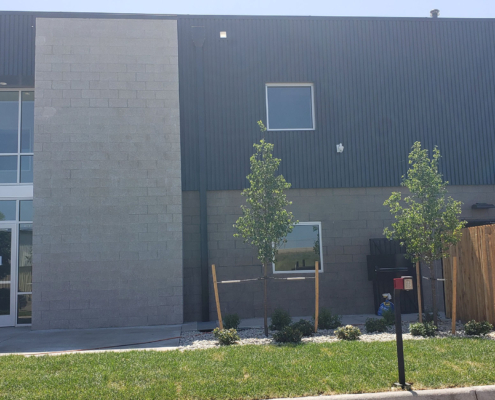 https://www.calahan.com/wp-content/uploads/2025/09/Roadrunner-HVAC-Metal-Building.jpg
1250
2000
AbstraktMarketing
/wp-content/uploads/2021/02/ccs_logo_full.png
AbstraktMarketing2025-09-24 12:17:422025-12-04 14:24:20Understanding Long-Term Metal Building Maintenance Costs
https://www.calahan.com/wp-content/uploads/2025/09/Roadrunner-HVAC-Metal-Building.jpg
1250
2000
AbstraktMarketing
/wp-content/uploads/2021/02/ccs_logo_full.png
AbstraktMarketing2025-09-24 12:17:422025-12-04 14:24:20Understanding Long-Term Metal Building Maintenance Costs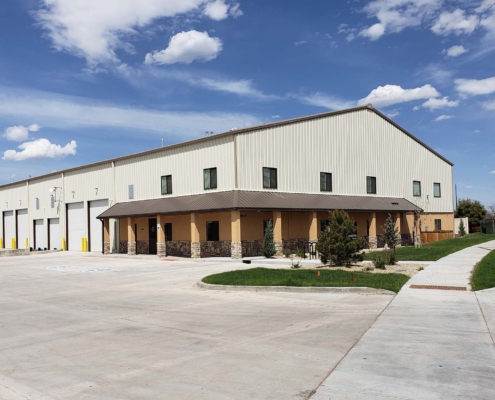 https://www.calahan.com/wp-content/uploads/2025/09/Glove-Wagon-Metal-Building.jpg
1250
2000
AbstraktMarketing
/wp-content/uploads/2021/02/ccs_logo_full.png
AbstraktMarketing2025-09-24 12:17:412025-12-04 14:24:20A Practical Guide for Confident Metal Building Construction Cost Budgeting
https://www.calahan.com/wp-content/uploads/2025/09/Glove-Wagon-Metal-Building.jpg
1250
2000
AbstraktMarketing
/wp-content/uploads/2021/02/ccs_logo_full.png
AbstraktMarketing2025-09-24 12:17:412025-12-04 14:24:20A Practical Guide for Confident Metal Building Construction Cost Budgeting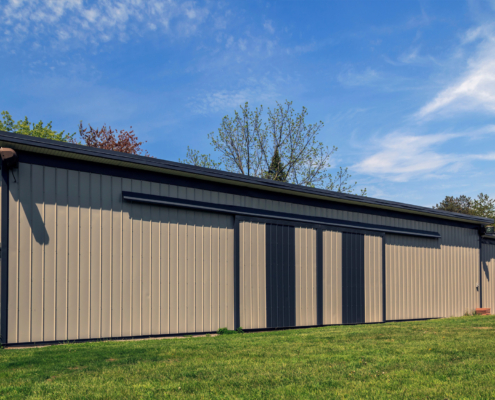 https://www.calahan.com/wp-content/uploads/2024/02/Green-Construction-Ensuring-Sustainability-in-Pre-Engineered-Metal.jpg
1250
2000
AbstraktMarketing
/wp-content/uploads/2021/02/ccs_logo_full.png
AbstraktMarketing2024-02-08 14:59:012025-12-04 14:24:38Green Construction: Ensuring Sustainability in Pre-Engineered Metal
https://www.calahan.com/wp-content/uploads/2024/02/Green-Construction-Ensuring-Sustainability-in-Pre-Engineered-Metal.jpg
1250
2000
AbstraktMarketing
/wp-content/uploads/2021/02/ccs_logo_full.png
AbstraktMarketing2024-02-08 14:59:012025-12-04 14:24:38Green Construction: Ensuring Sustainability in Pre-Engineered Metal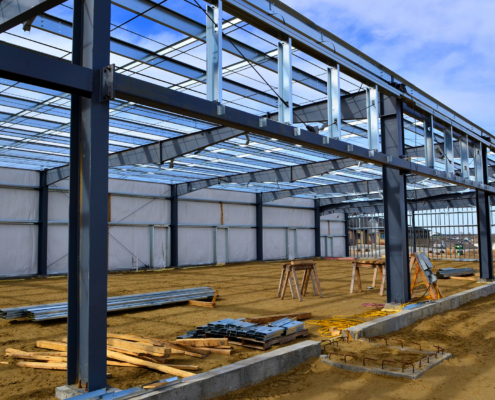 https://www.calahan.com/wp-content/uploads/2024/02/How-Long-Do-Metal-Buildings-Last-Helpful-Maintenance-Tips-for-Longevity.jpg
1250
2000
AbstraktMarketing
/wp-content/uploads/2021/02/ccs_logo_full.png
AbstraktMarketing2024-02-08 14:46:012025-12-04 14:24:39How Long Do Metal Buildings Last? Helpful Maintenance Tips for Longevity
https://www.calahan.com/wp-content/uploads/2024/02/How-Long-Do-Metal-Buildings-Last-Helpful-Maintenance-Tips-for-Longevity.jpg
1250
2000
AbstraktMarketing
/wp-content/uploads/2021/02/ccs_logo_full.png
AbstraktMarketing2024-02-08 14:46:012025-12-04 14:24:39How Long Do Metal Buildings Last? Helpful Maintenance Tips for Longevity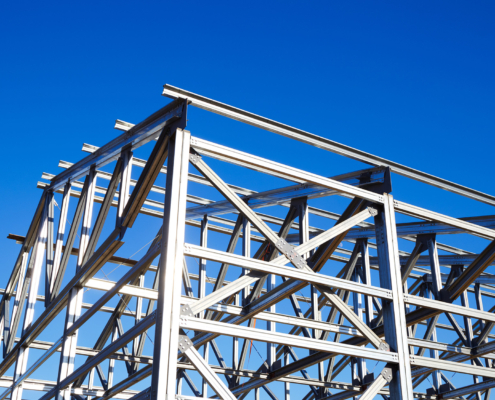 https://www.calahan.com/wp-content/uploads/2024/01/A-Guide-to-Metal-Building_-Quality-Control-in-Construction.jpg
1250
2000
AbstraktMarketing
/wp-content/uploads/2021/02/ccs_logo_full.png
AbstraktMarketing2024-01-22 08:59:532025-12-04 14:24:40A Guide to Metal Building: Quality Control in Construction
https://www.calahan.com/wp-content/uploads/2024/01/A-Guide-to-Metal-Building_-Quality-Control-in-Construction.jpg
1250
2000
AbstraktMarketing
/wp-content/uploads/2021/02/ccs_logo_full.png
AbstraktMarketing2024-01-22 08:59:532025-12-04 14:24:40A Guide to Metal Building: Quality Control in Construction 
